Alain Briot
pro member
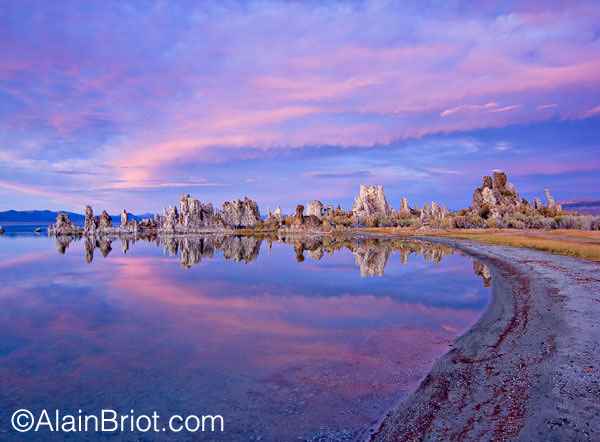
Mono Lake Dusk

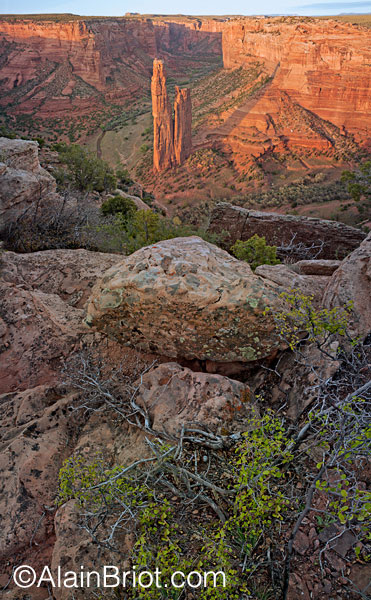

Spiderock Sunset
Alain,
Sharing these beautiful landscape images is a pleasure for us!
I'm interested in the construction of this particular picture since it's been made in a definite and unexpected way. Most of us would have gotten a longer lens to grab the distant dramatic rocks and place them in an horizontal frame with no distractions. Here, instead, we have an extraordinary, (and at first disruptive allocation), of important real estate to the roundish plant-covered rocks in the foreground.
However, this unexpected composition works rather well! Here you have departed from the expected and we can now imagine resting here, by the living rocks and looking ahead to the amazing sculptured vista in brown, drier and jagged weather-carved rocks. By anchoring the image thus, I feel that you've added a personal element of human presence and so the picture has more meaning to me.
Asher
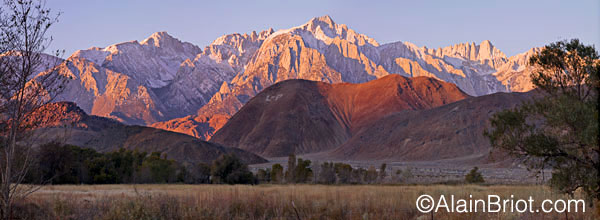
.
.
.
.
Mount Whitney at Sunrise
.
Thanks for sharing the tips on light. It's interesting that it's opposite to Michael A. Smith
I'll keep the tips coming. I thought I'd start with number one.
Not familiar with Michael Smith. Is his work on the forum?
A lot of folk are intimidated to get into a discussion.
Asher
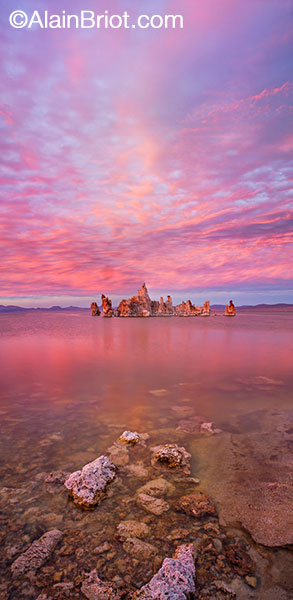
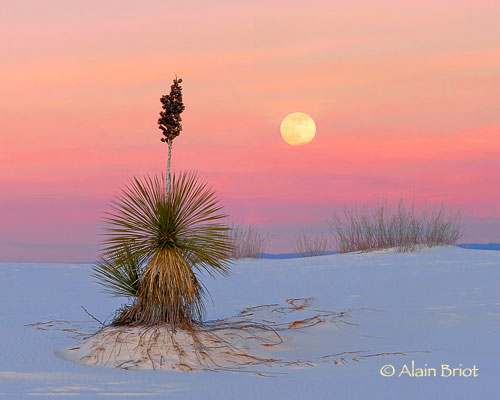
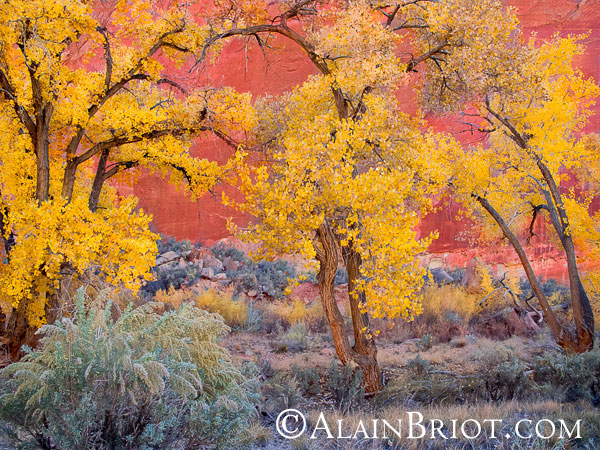

Mono Lake Dusk
vertical 2 images collage
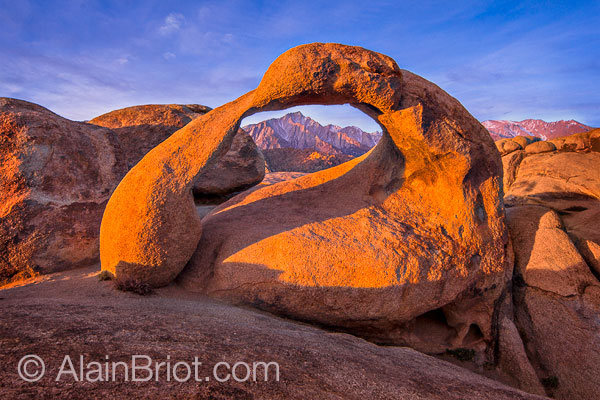

Mobius Arch
